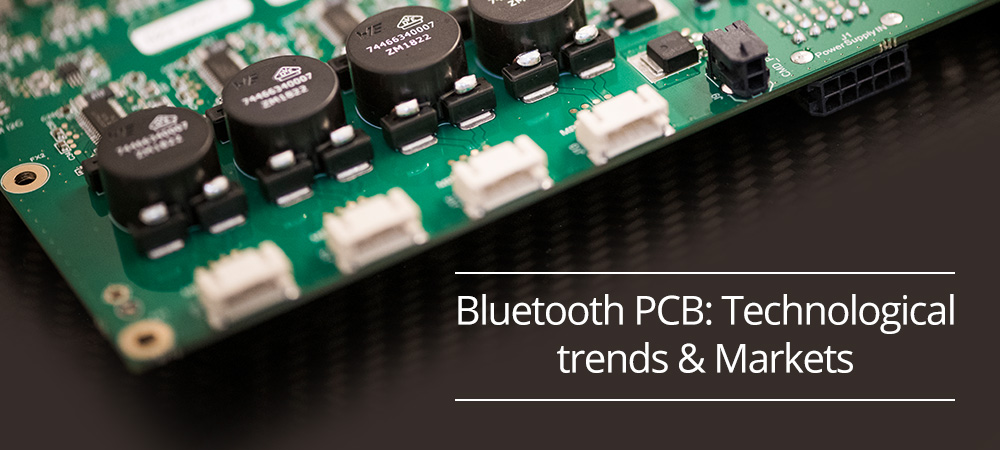
Trends in Bluetooth PCB Technology:
-
Low Energy Consumption: Bluetooth Low Energy (BLE) or Bluetooth Smart technology has become increasingly popular, particularly for devices that require communication with minimal power consumption. BLE is especially significant in the development of IoT (Internet of Things) devices.
-
Improved Data Transmission Speeds: Advancements in Bluetooth have led to increased data transmission rates. This allows for the streaming of higher bandwidth data, including audio and video, without significant loss in quality.
-
Smaller Form Factors: As technology advances, the components on a Bluetooth PCB are getting smaller and more powerful, enabling them to be integrated into compact devices like wearables and medical sensors.
-
Integration with Other Wireless Technologies: Bluetooth PCBs are being designed to work alongside other wireless technologies like Wi-Fi and NFC (Near Field Communication), enabling devices to provide a wider range of services and connectivity.
-
Enhanced Security: Modern Bluetooth devices include better security features to prevent unauthorized access and data breaches. This includes advanced encryption and user authentication protocols.
-
Multi-Protocol Support: Many Bluetooth PCBs now support multiple communication protocols, making them more versatile and suitable for a range of applications.
-
Energy Harvesting: Research into energy harvesting methods aims to power Bluetooth devices using ambient energy sources, such as light, thermal, or kinetic energy, making them even more energy-efficient.
-
Smart Antenna Technology: Using smart antennas can help in increasing the range and reliability of Bluetooth communication, which is particularly useful in industrial settings or for smart home applications.
Applications of Bluetooth PCB Technology:
-
Consumer Electronics: Bluetooth PCBs are integral to smartphones, tablets, speakers, headphones, and smart watches, enabling them to connect wirelessly for data transfer and control.
-
Automotive: In the automotive industry, Bluetooth technology allows for hands-free calling, in-car communication, and streaming music from mobile devices.
-
Healthcare: Wearable health monitors, fitness bands, and medical equipment use Bluetooth PCBs for wirelessly transmitting patient data to healthcare providers or for user monitoring.
-
Home Automation: Smart home devices such as thermostats, lighting, and security systems rely on Bluetooth for easy and convenient control through user's smartphones or voice command devices.
-
Industrial Applications: Bluetooth technology aids in the monitoring and control of machinery and equipment, as well as in asset tracking and logistics.
-
Gaming: Wireless gaming controllers, VR headsets, and other peripherals use Bluetooth for low latency communication.
-
Beacons: Bluetooth beacons are commonly used in retail and indoor navigation systems, providing location-based information and services to users.
In conclusion, Bluetooth PCB technology trends favor low energy consumption, miniaturization, enhanced connectivity, and security. These trends, reflected in the diverse applications of this technology, demonstrate its adaptability and importance in the growing landscape of wireless communication.
